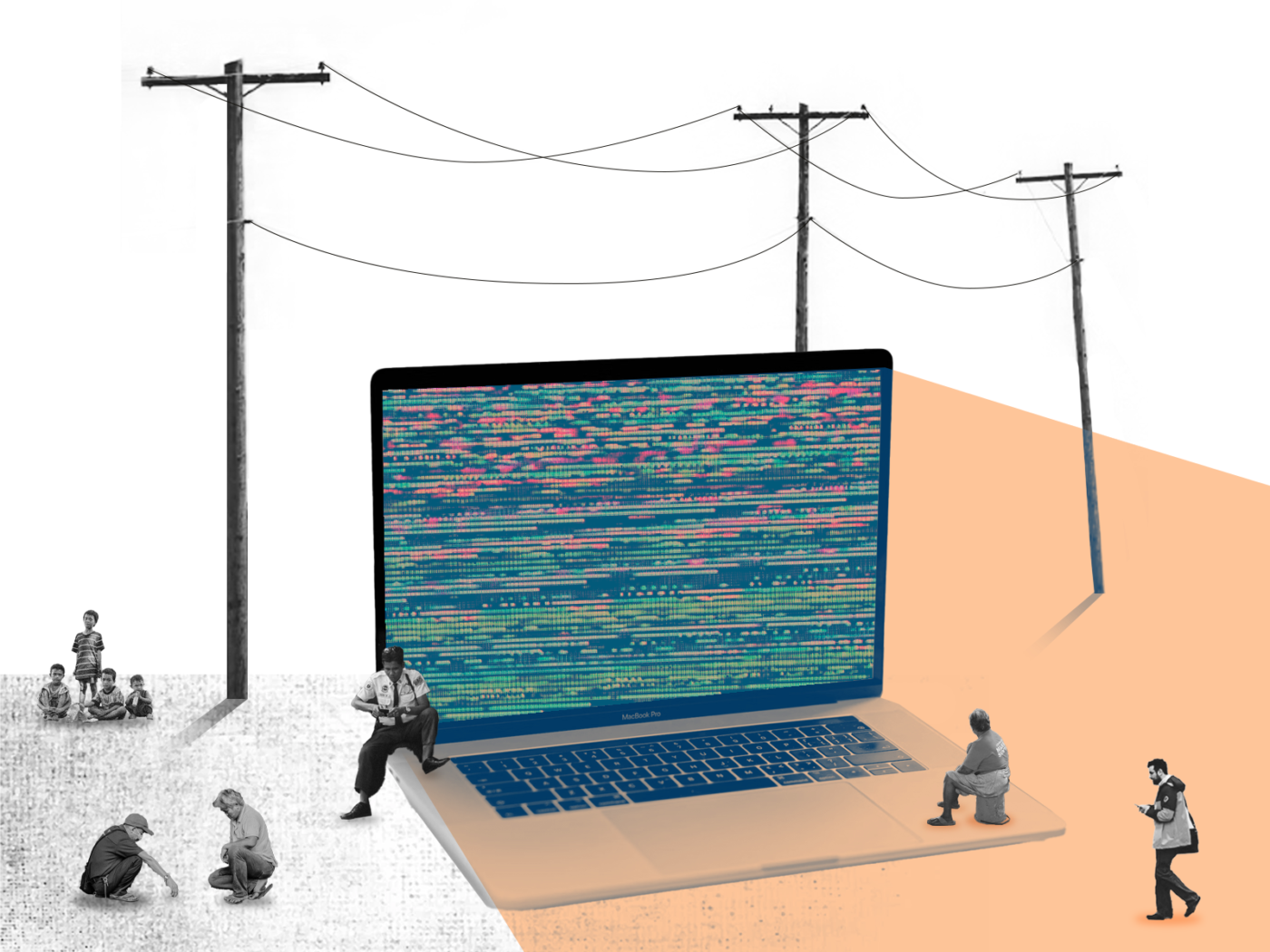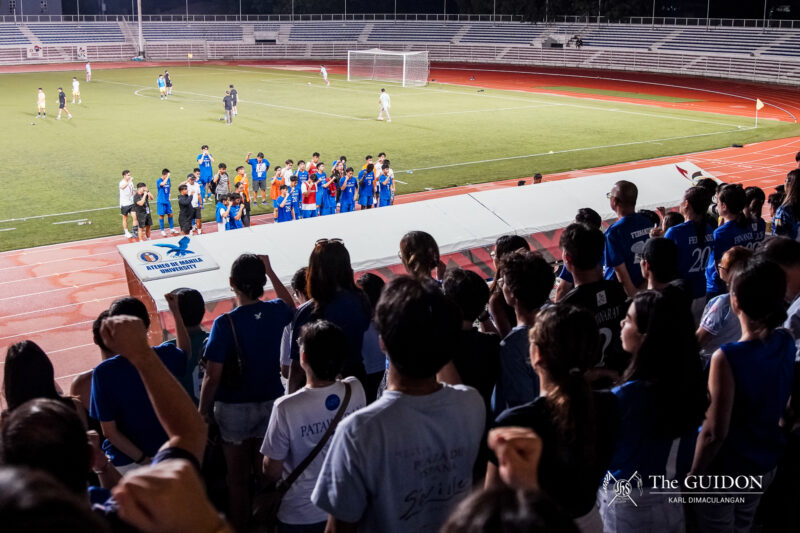IMPROVEMENTS TO the country’s Internet connectivity infrastructure have been made throughout the years. In 2022, the Philippines’ overall Internet speed in December 2022 rose to 25.12 megabits per second (Mbps) from its record of 19.2 Mbps in 2021. However, the country still lags behind the global median speed of 36.74 Mbps and ranks fifth among its ASEAN neighbors.
For a vast proportion of Filipinos, poor connectivity infrastructure means a lack of access to information as well as many basic services. Without equitable access to the Internet, the Philippines risks being left behind.
Stalling speeds
One significant hindrance in improving the Philippines’ Internet is the lack of competition in the telecommunications industry. The three major Internet providers in the country are Globe Telecom, the Philippine Long Distance Telephone Company (PLDT), and Dito Telecommunity Corporation (DITO).
While other smaller companies like Cablelink and Bambunet exist, their services are limited to fixed broadband plans rather than mobile Internet due to the industry’s high barriers of entry. For instance, Republic Act (RA) No. 7925 or the Public Telecommunications Policy Act of 1995 requires telecommunications operators to build 400,000 telephone lines, which is an exorbitant yet unprofitable venture.
As such, only established business entities are capable of providing these services. Consumers thus have limited choices in where they can get their Internet services from, and companies deem innovation as less urgent.
Another hindrance to improving the Philippines’ connectivity infrastructure is the bureaucracy in dealings with the government, even on the local level. In an interview with media outlet VICE World News, a representative from Globe alleged that local government units would require up to 35 official permits for the construction of a single cell tower. The complicated process increases the cost of construction and, by extension, the cost of Internet services.
Ultimately, the consequences of these inefficiencies fall onto the consumers’ shoulders. This issue has created a digital divide in the Philippines, wherein the Internet is only available to a select population—at a hefty cost.
Delaying progress
The COVID-19 pandemic highlighted how Internet connectivity is considered a basic necessity and exposed the country’s shortcomings in equitably providing such services. Rural and far-flung areas in particular were severely impacted during the pandemic, since essential day-to-day activities such as school and work moved to online spaces at the expense of Internet users. Such a reality depicts the chronic exclusion of many vulnerable communities, especially as more and more institutions and services transition to digital processes.
As recently as June of this year, up to 65% of Filipinos still lack access to the Internet, according to Department of Information and Communications Technology (DICT) Undersecretary for Public Affairs and Foreign Relations Anna Mae Lamentillo.
For the size of its Internet user base, the Philippines’ cell tower infrastructure is insufficient, with macro cell towers serving a rough average of 3,500 Internet users at any given time. This figure is in stark contrast to the target tower-to-user ratio of the National Telecommunications Commission at one tower per 500 users.
High costs of network connectivity further limit access to the Internet. Netherlands-based information technology firm SurfShark ranked the Philippines 72nd globally in terms of Internet affordability, with Filipinos needing to work five hours a day to afford the cheapest mobile Internet package. The World Data Lab furthermore estimates that nearly 19 million Filipinos or 16.6% of the Philippines’ population can currently be considered “Internet poor,” which means that their monthly salary cannot buy a minimum Internet package of 1 gigabyte (GB) of data with 10 Mbps download speed.
Catching up
In spite of the unfavorable status quo, the Philippines has come a long way in upgrading its Internet. As previously mentioned, the country’s Internet speeds have been increasing. Moreover, competition in the industry is not completely stagnant; new entrants such as Converge ICT have encouraged telco giants to further innovate.
In government, both existing and pending legislation seek to improve the quality of Internet within the Philippines. RA No. 10929 or the Free Internet Access in Public Places Law of 2017 has prompted a rollout of 4,518 free Wi-Fi hotspots nationwide as of June 2022, though the pace of its implementation has been met with criticism from legislators. The DICT is also currently implementing an aggressive expansion of broadband connectivity nationwide as part of the National Fiber Backbone Program, the first phase of the National Broadband Plan.
Nevertheless, Filipinos must continue to demand urgent action from vital players. The government must also assess how its infrastructural and Internet-related policies affect accessibility and inclusivity across many sectors. The country must keep up with the digital landscape that now dominates nearly all spheres of life—and will continue to do so for the foreseeable future.




